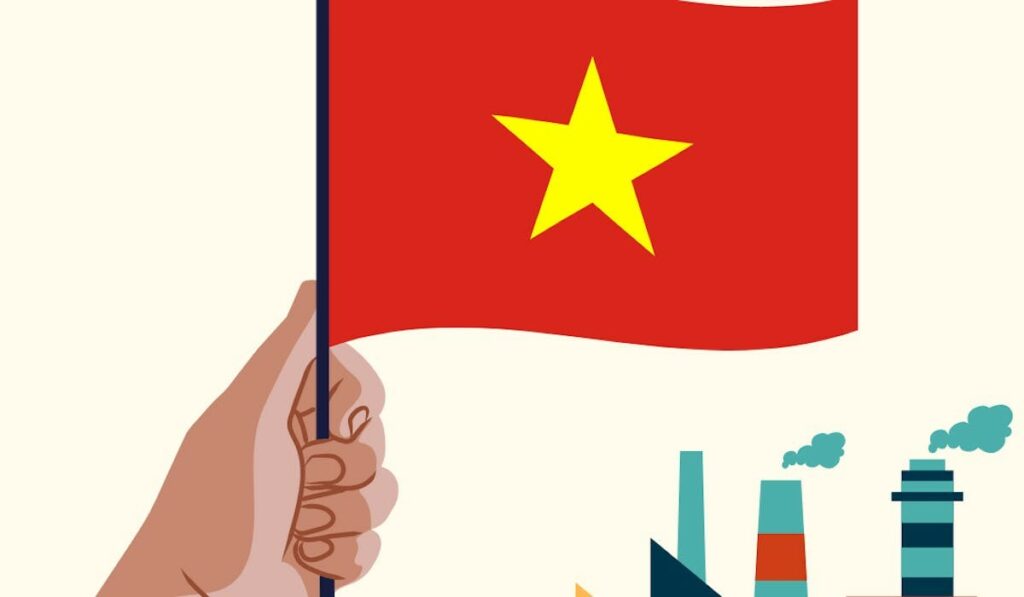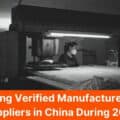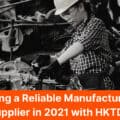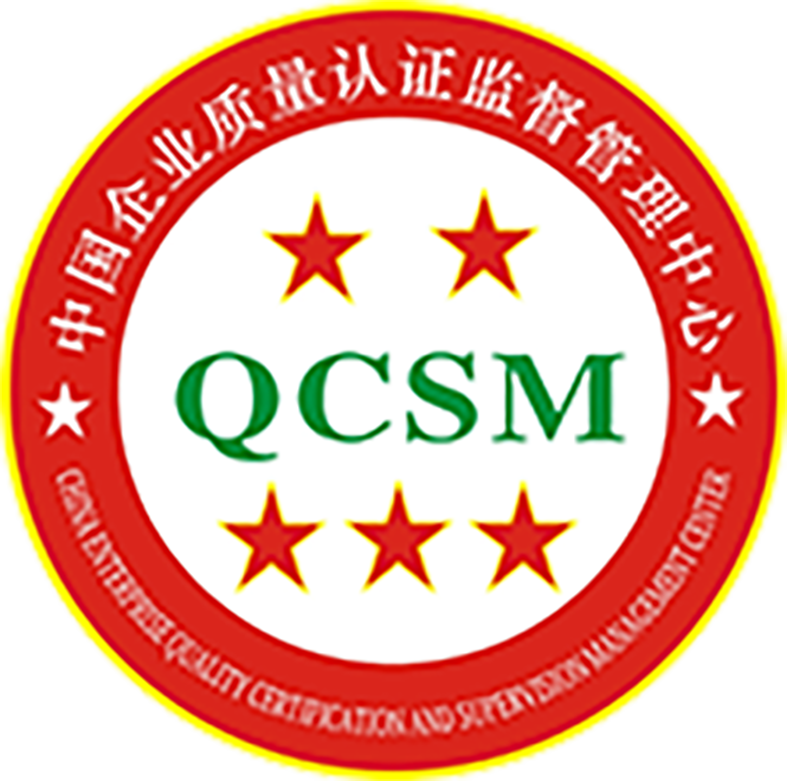If you’ve been considering sourcing products from Vietnam, but you’ve still got a raft of questions you want answered before you bite the bullet, you’ve come to the right place.
We’ve put together this guide to help you understand the Vietnam manufacturing market better and be more prepared for the country’s product sourcing landscape.
What kind of products can you source in Vietnam?
Here’s a list of the most common products (and their export market share) you can source in Vietnam as of 2019.
- Electrical machinery, equipment (41.7% of total exports)
- Footwear (8.1%)
- Clothing, accessories (not knit or crochet, 5.5%)
- Machinery including computers (5.5%)
- Knit or crochet clothing, accessories (5.3%)
- Furniture, bedding, lighting, signs, prefabricated buildings (4.1%)
- Optical, technical, medical apparatus (1.9%)
- Leather/animal gut articles (1.5%)
- Plastics (1.5%)

The pros of Vietnam for manufacturing.
- Low set-up costs. Vietnam aims to be fully industrialised and modernised by 2030.. Existing reasonable warehouse rents, tax exemptions, and lower energy prices make it cheaper to manufacture products in Vietnam’s major cities.
- A growing population. Vietnam’s population was almost 100 million people in 2020, mainly consisting of young people. Labour is plentiful and more affordable than elsewhere in Asia—Hanoi’s minimum wage was just $180 per month in 2020, and workers earn half as much as in China.
- World politics is changing. The pandemic and US-China relations have made many businesses wary of manufacturing in China. South Asian countries like Vietnam offer an attractive alternative strategically located in the Asia-Pacific region’s heart and close to the East Sea maritime route (which currently accounts for just under 50% of the world’s goods traffic). Freight and logistics costs from Vietnam can be more competitive than other Asian countries.
The cons of Vietnam for manufacturing.
- Limited vendors (for now). While Vietnamese manufacturing is growing exponentially, you may still need to import materials or machines into the country for production. This will depend on what kind of products you want to manufacture.
- Infrastructure and growth issues. Likewise, infrastructure for logistics is currently developing in Vietnam. Housing for workers in Vietnam’s 336 industrial zones is still limited, and those with strong English skills are in short supply and this is why having a trusted team on the ground is so valuable.
This article was originally published on Sourci website. Sourci understands the Vietnamese manufacturing environment and work culture, you may get in touch with them for further information.

Sourci helps e-commerce brands, and retailers scale rapidly, build innovatively and grow holistically. Their mission is to provide a value-driven sourcing process to clients and help them connect with world-class manufacturers and suppliers. Sourci is built on the foundation of being fully transparent and providing a safe and stress-free environment for global trade.
Subscribe to NewsBites and stay updated on the latest business trends and news.



















